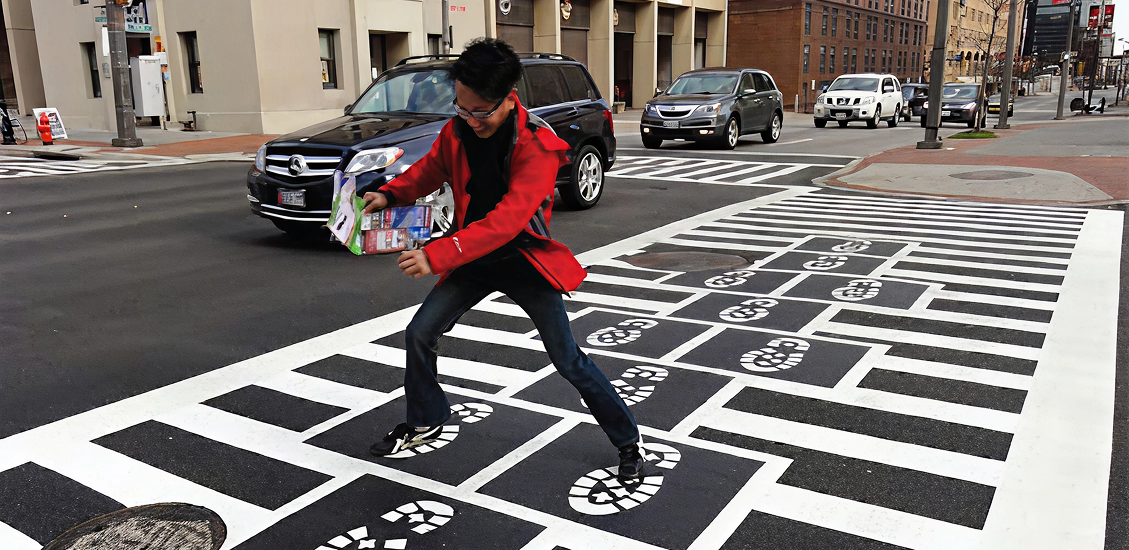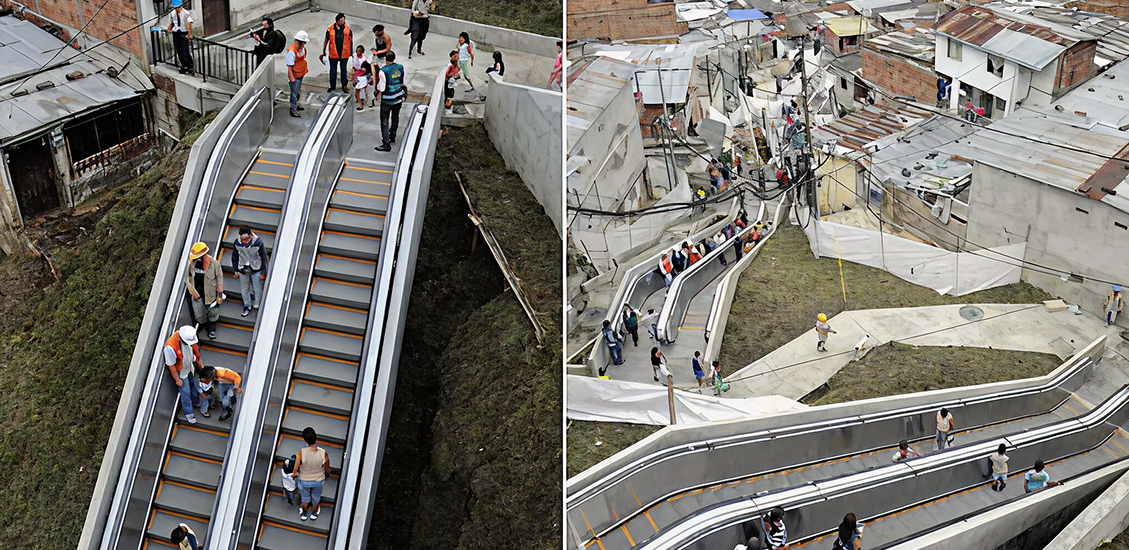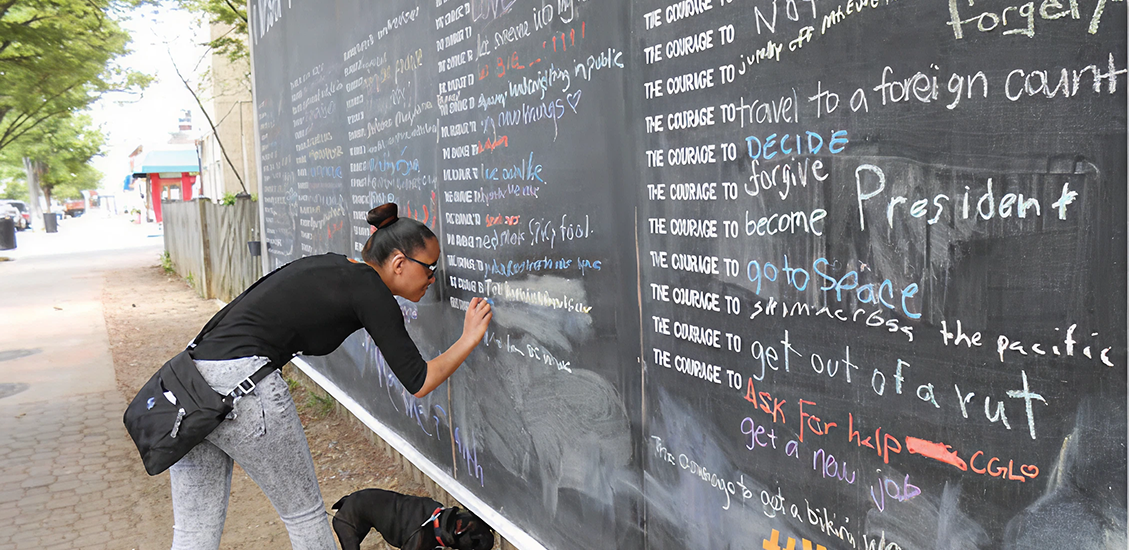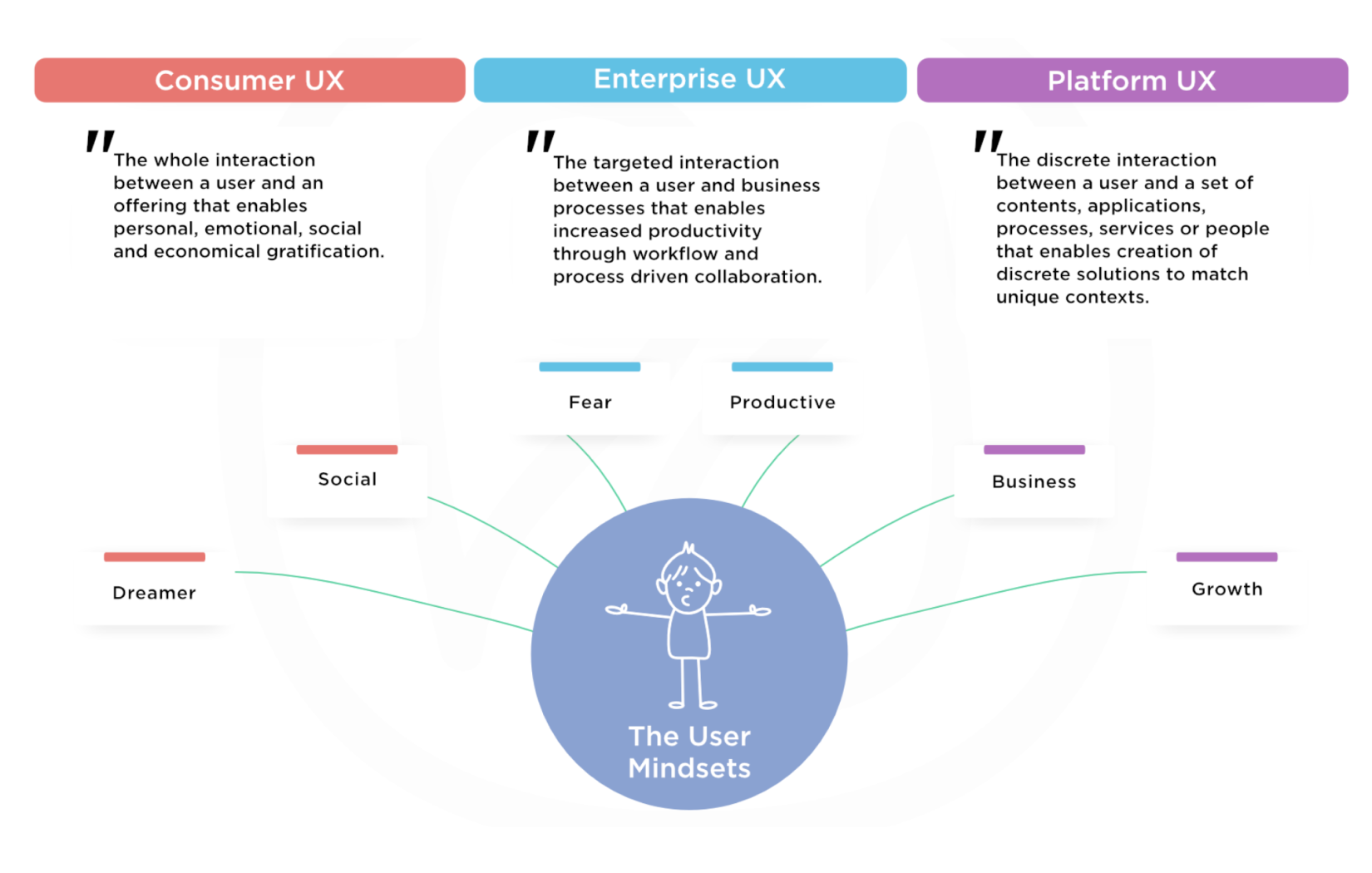Blogs
Designing for People, Not Just Places: User Experience in Urban Space
Dennis Pious
Posted On April 15, 2025
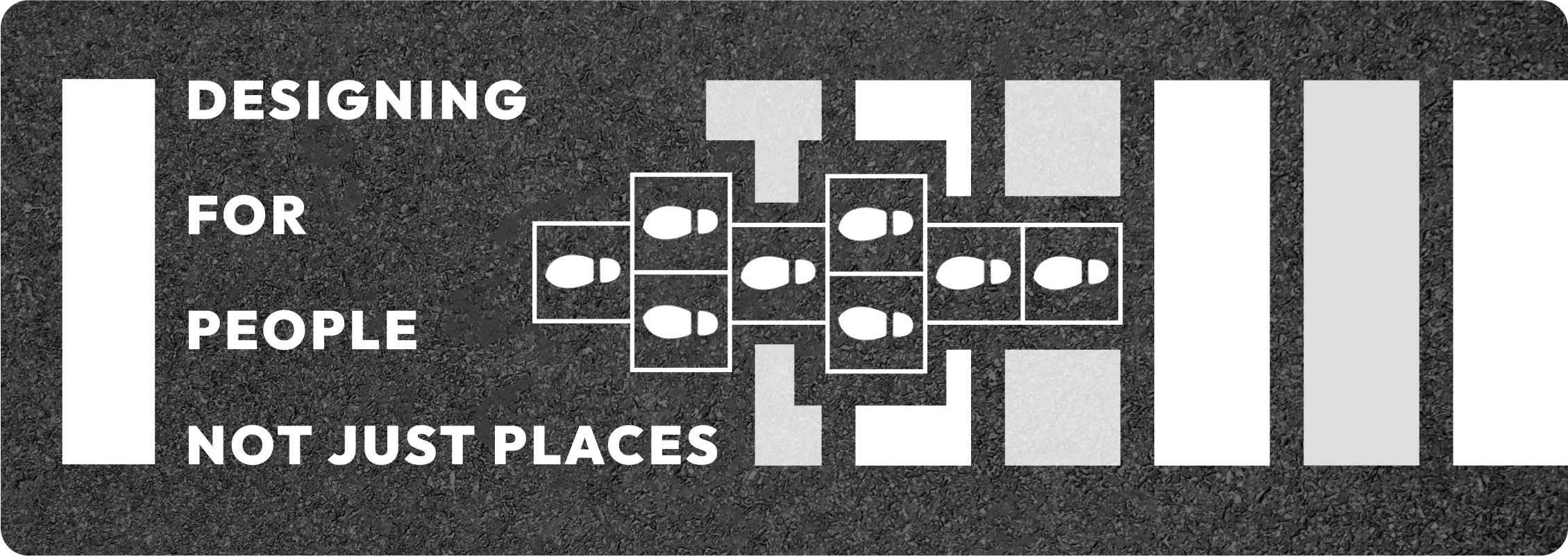
Urban design is more than placing buildings or managing traffic. It’s about shaping human experiences. Every lane, bench, crossing, and corner forms part of a city’s emotional interface.
In a world where digital apps obsess over user experience, our cities—our most shared, most interactive “apps”—deserve that same level of care and imagination.
Urban Space as a User Interface
Imagine approaching a city the way we design a great app:
– The footpath is your navigation bar.
– The crossing is a point of friction.
– The bus stop is a call to action.
– The bench is a pause button.
Every element becomes a nudge—either toward frustration or toward delight.
Take the example of pedestrian crossings—often places of confusion, delay, or even danger. In some cities, a simple game of hopscotch painted onto the crosswalk changes that completely. It doesn’t just slow cars—it invites kids (and adults) to play, turning friction into curiosity. It makes waiting feel like a moment of joy rather than irritation.
That’s behavioral design in action: shaping decisions and emotions by tweaking the environment.
A city that feels like yours doesn’t have to be fancy—it just needs to speak your language.
– A shaded sidewalk says:- I care about your comfort.
– A mirror at a metro stop says: – You exist.
– Chalk walls invite your thoughts.
– Hopscotch patterns whisper: Play here. It’s okay.
These aren’t frivolous touches. They are emotional micro-interventions that let people feel at home in public—especially in spaces where they’ve been invisible for too long.
In Medellín, Colombia—a city once infamous for violence and inequality—public space became a healing force.
Instead of just fixing potholes or adding police, the city reimagined how people move. In hilly, underserved areas where climbing hundreds of steps to reach the main road was part of daily life, the city built open-air escalators. Later, they introduced urban ropeways—gondolas connecting isolated neighborhoods directly to the city center.
These weren’t tech gimmicks. They were tools of empathy—saving time, preserving dignity, and stitching fractured communities back into the fabric of the city.
This is User Experience thinking at its best: solve for emotion, not just efficiency. Make the experience of moving through the city kinder, more human.
User experience isn’t just about delight—it’s about behavior. A thoughtfully designed experience guides people without lecturing them.
Imagine a lane that glides with autos and buses flowing without friction. The possibilities are exciting. The need for enforcing the rule is not required here as the mob rule comes in place and the lane order will be kept.
Sometimes the best design decisions are the most subtle: a different texture on a footpath, a distinct color marking a dedicated lane, or a smoother stop for a public transport user. These cues tell you where to go, how to behave, and what to expect—without needing a single signboard.
When done well, this is urban behavioral design in motion.
Just like an app shouldn’t need a tutorial, a street shouldn’t need a manual.
Design has often been hijacked by the privileged—but the best UX is universal. It meets you where you are, especially if you’re under stress, low on time, or low on resources.
– A free book corner.
– A wall to draw on.
– A public urinal that doesn’t feel like punishment.
– A clean, shaded place to wait.
This is design justice. This is UX with a conscience.
You, the Urban UX Designer
You are not just a planner.
You are a choreographer of public emotion.
You plant delight where people expect fatigue.
You place beauty where people have stopped looking.
You soften friction. You invite play.
This is not soft work. It is structural work. Transformational work.
Let’s stop designing for control, and start designing for connection.
Because when we apply User Experience Design to physical spaces, we unlock a new kind of city—not just efficient, but empathetic.
Not just smart, but soulful.
Let’s build cities that remember their users—and in doing so, help the users remember themselves.
